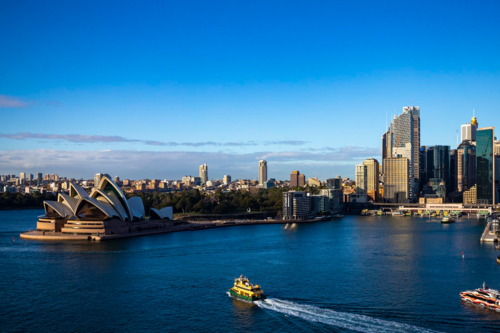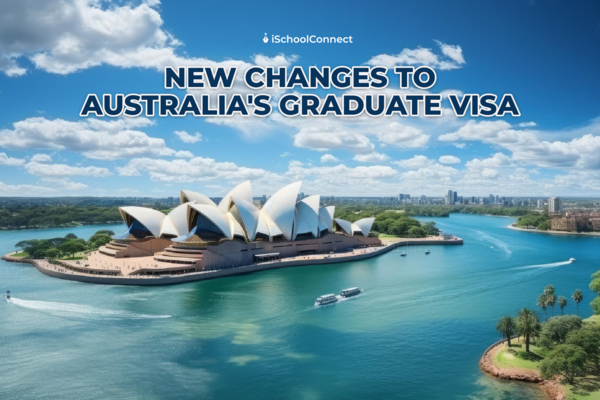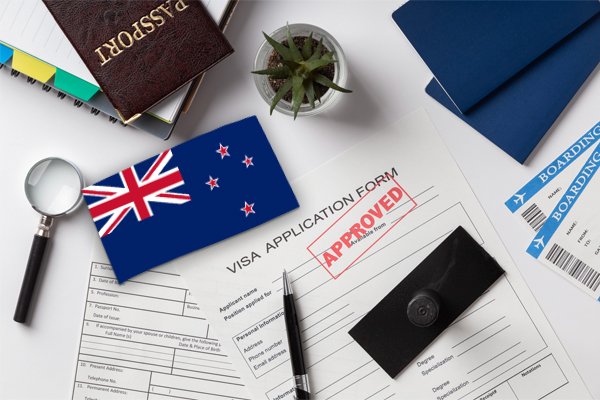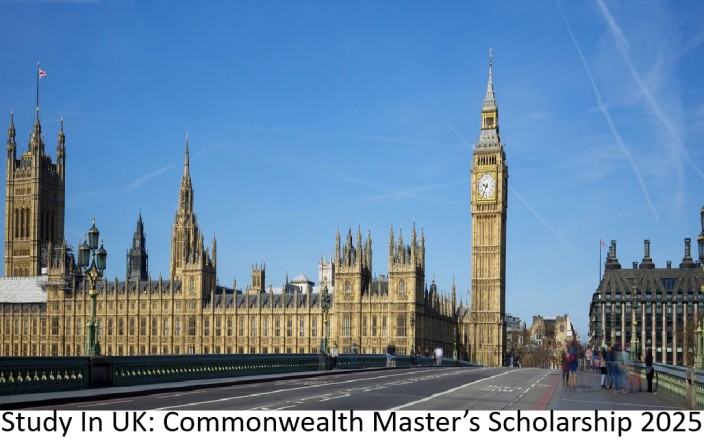Table of Contents
Australia introduces drastic amendments to its Temporary Graduate Visa program, effective July 1, 2024. These reforms are part of a broader overhaul of the country’s immigration system, aimed at better aligning visa streams with educational levels and addressing economic challenges. The changes come amidst efforts to strengthen relations with Southeast Asia through education and skilled labor exchanges. To learn about the recent changes in Australia’s regulations, read this article: New Student Visa | Australia Enforces Regulations.
Overview of the New Immigration Rules
In response to a post-lockdown surge in migration and a cost-of-living crisis, the Australian government is revising its immigration system. The focus is on updating the Temporary Graduate Visa programs to prioritize younger, skilled labor. These reforms target international students, who make up approximately 42% of temporary visa holders entering the country, reinforcing Australia’s position as a prime destination for higher education.
Key Changes to the Temporary Graduate Visa
The Temporary Graduate Visa program, which allows international students to stay and work in Australia after completing their studies, will undergo major changes:
- Renaming Streams: The Graduate Work stream will be renamed the Post-Vocational Education Workstream, and the Post-Study Work stream will be called the Post-Higher Education Workstream.
- Age Limits: The maximum age for applicants in the Post-Vocational Education Workstream is reduced to 35 years. However, holders of Hong Kong or British National Overseas passports can apply until age 50.
- Stay Duration:
- Bachelor’s degree: Up to 2 years
- Master’s degree: Up to 2 years
- Master’s by research and doctoral degrees: Up to 3 years
- Hong Kong or British National Overseas passport holders: Up to 5 years
- Indian nationals: Stay periods remain unchanged as per the Australian India – Economic Cooperation and Trade Agreement (AI-ECTA).

Benefits and Opportunities
The revitalized Temporary Graduate Visa has various benefits for the applicant under the program. For instance, it grants the visa holder a chance to remain in Australia after their studies to pursue work opportunities or grow their work experience in their respective field. Moreover, family members, including spouses and children, can be added to the applicant’s visa application, provided they fulfill character and health conditions. Lastly, visa holders have unrestricted work hours, making it easier for them to get meaningful work experience in Australia.
Impact on International Students
Australia’s prestigious universities, ranked within the top 50 globally, attract many international students, especially from Southeast Asia. The country’s soft power is evident in its ability to host and educate scholars from ASEAN member states. However, the new immigration rules have raised concerns:
- Financial Burdens: Rising living costs and high accommodation expenses are significant challenges. For instance, on-campus accommodation at the University of Melbourne can cost up to $42,120 per year.
- Work Restrictions: Despite the opportunity to work unrestricted hours, financial strain remains due to the high cost of living.
Criticisms and Concerns
The reforms have sparked criticism from various quarters. Sydney University’s postgraduate representative, Weihong Liang, argued that the migration cap should apply moving forward rather than to current students. The high cost of accommodation and living expenses may drive prospective students to consider more affordable study destinations like France and Spain.
Recommendations for Improvement
To address these issues, collaborative efforts between the Australian Government and universities are essential. Suggestions include:
- Expanding Accommodation: Increasing fixed international accommodation on campuses, similar to the UK’s approach of boosting student housing by 40%.
- Support Systems: Implementing programs to help international students secure award-wage work and easing the financial burden.
In conclusion, the reforms implemented in Australia’s Temporary Graduate Visa indicate the country’s goal of improving the economy by targeting the younger and more skilled generation. Although the reformed visa program idea has numerous positive aspects, it also comes with some stakes to the international students who would want to take advantage of the opportunity. The expanded needs require a comprehensive plan on how to support the international students and provide them with affordable accommodation and utilities to compete with other countries offering international students opportunities to enroll in their universities and colleges. Consequently, the Temporary Graduate Visa reform is a better way to cushion the massive labour needs of the country with the prevailing economic realities.
Read more: How is Enrollment Management Changing?
FAQs
- What changes has Australia made to the Temporary Graduate Visa?
Australia overhauls immigration system, The new changes to the Temporary Graduate Visa will be applicable from July 1, 2024. - What are the new age limits for the Temporary Graduate Visa programs in Australia?
The new age limit for the Post-Vocational Education Workstream is 35 years, down from 50. However, holders of Hong Kong or British National Overseas passports can apply until age 50. - What are the benefits of the new Temporary Graduate Visa programs for international students?
The new Temporary Graduate Visa programs have several benefits, including longer stay durations, the chance to add family members to visa applications, and the freedom to work full-time in any work sector. As a result, more international students will be able to develop their careers in Australia.acey. - In what ways do these changes in the Temporary Graduate Visa affect currently enrolled international students in Australia?
However, currently enrolled international students’ challenges may include acclimatization to age restrictions to be enforced, time period students can stay in Australia, as well as new Australia migration reform, particularly the cost of living in the cities including accommodation expenses.






